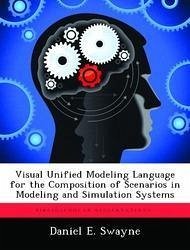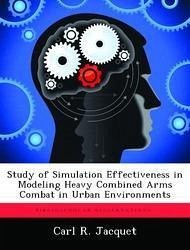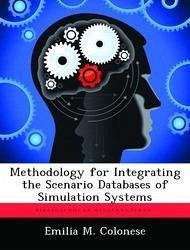Nicht lieferbar

Visual Unified Modeling Language for the Composition of Scenarios in Modeling and Simulation Systems
Versandkostenfrei!
Nicht lieferbar
The Department of Defense uses modeling and simulation systems in many various roles, from research and training to modeling likely outcomes of command decisions. Simulation systems have been increasing in complexity with the increased capability of low-cost computer systems to support these DOD requirements. The demand for scenarios is also increasing, but the complexity of the simulation systems has caused a bottleneck in scenario development due to the limited number of individuals with knowledge of the arcane simulator languages in which these scenarios are written. This research combines ...
The Department of Defense uses modeling and simulation systems in many various roles, from research and training to modeling likely outcomes of command decisions. Simulation systems have been increasing in complexity with the increased capability of low-cost computer systems to support these DOD requirements. The demand for scenarios is also increasing, but the complexity of the simulation systems has caused a bottleneck in scenario development due to the limited number of individuals with knowledge of the arcane simulator languages in which these scenarios are written. This research combines the results of previous AFIT efforts in visual modeling languages to create a language that unifies description of entities within a scenario with its behavior using a visual tool that was developed in the course of this research.









